Grains are a tricky food when eating for heart health
When you’re eating a heart healthy diet, you want to be choosing your grains with extreme care. I like this quote from Jonny Bowden Ph.d, who put it this way: “If you ate a great balance of foods from the 150 healthiest foods on the planet, and you never touched another grain for the rest of your life, you wouldn’t be missing anything nutritionally. The same cannot be said of the fruits, vegetables, eggs, oils, spices, meats, fish, and poultry.”
So when I eat a grain, I think very carefully about it. I eat grains because oats and pearl barley are great ways to trap cholesterol in the colon and transport it out of the body, and as well, I like the taste and the variety that they offer me as raw ingredients to cook with. But let me be clear, in general humans aren’t really built to eat grains, and in general, grains are the number one contributor to most diseases today due to the inflammation that they cause in our body. Heart surgeon Dr. Dwight Lundell has said:
“What are the biggest culprits of chronic inflammation? Quite simply, they are the overload of simple, highly processed carbohydrates (sugar, flour and all the products made from them) and the excess consumption of omega-6 vegetable oils like soybean, corn and sunflower that are found in many processed foods.”
We’ve got to change our thinking that grains are a daily necessity
“For heart health (and health in general), you want to avoid almost all grain products.
Let’s be honest, it’s not easy to avoid grains, due to how pervasive grains are in our diets. Here a link to the US department of agriculture definition of grains, which gives you the broad picture of how many grain products we eat on a daily basis. When I say grains, the grains we want to avoid include:
- flour
- bread
- rice
- pasta
- cereal
- popcorn
- tortillas
- pretzels
- biscuits
- cookies
- crackers
- buns
- breakfast cereals
Unfortunately grains are terrible for our health and sadly in half the world, bread provides more than 50 percent of the total caloric intake, and in a few countries of Southern Asia, Central America and the Far East and Africa cereal products comprise up to 80 percent or more of the total caloric intake! So, it’s not easy to avoid grains, therefore you need a plan which includes a clear list of all the lusciously good grains that you can eat, that will help you achieve your health goals.
So which grains help with cholesterol reduction?
Grains should form a very tiny part of our diet from now onwards. If you are focussed on lowering your cholesterol and improving your heart health, when you do eat grains, you want to choose from the list below. These are grains that have low GI’s and/or are specifically known to reduce cholesterol.
Generally, I eat a lot of oats (almost daily), due to their superstar cholesterol reduction status, as well as quinoa a few times a week. The others I eat occasionally for variety in my recipes as well as to give me more flexibility and options when I’m eating out.
Oats
Oats, which are a good source of soluble, dietary fiber, thiamin, magnesium and phosphorus and a very good source of manganese, have great flavor and texture, and they are one of the Mayo clinic’s top 5 foods to reduce cholesterol.
To get you thinking about how you could use oats (and there are so, so many ways), here are some good ideas and recipes that use oats for dinner:
- Oatmeal pancakes – there are many recipes online that use solely oats for pancakes – they are easy to make, and I will usually make a batch of these on the weekend.
- Oatmeal breakfast bars or flapjacks
- Oatmeal tort: https://www.nytimes.com/2012/09/10/health/nutrition/steel-cut-oats-sweet-and-savory.html?ref=nutrition&_r=0
- Oatmeal Tabbouleh: https://www.nytimes.com/2012/09/12/health/nutrition/oatmeal-tabbouleh-recipes-for-health.html?ref=nutrition
Quinoa
Quinoa can be substituted for rice in any recipe. It’s useful as a side dish, breakfast cereal, flour, or rice substitute (pilafs are great with Quinoa!) It’s a complete protein source also high in iron, magnesium, and fiber. I tend to cook Quinoa in chicken stock and chili flakes for some flavor oomph, and then eat it as I would rice. Eg. eat it alongside salmon and steamed vegetables, or as an accompanyment to a stir-fry. You can also use it as a base for paella! Yum.
Pearl Barley
The beta-glucan in pearl barley is good for trapping cholesterol and transporting it out of your body. I find pearl barley is a nice substitute for rice, and can be cooked like rissotto.
Eat Sparingly: Brown or Wild Rice
While brown rice is useful for lowering cholesterol and preventing heart disease (it has a cholesterol lowering effect thanks to the oryzanol that is found in its oil.), if you are trying to lose weight, you’re best to stick to Quinoa or pearl barley which does not raise blood sugar as quickly as rice does. White rice is something to avoid completely – it’s nutritionally useless and stimulates weight gain. Even brown rice is fairly high carb – while the fiber in it is good for your heart, and it does contain a lot of great B vitamins, it’s not a low-glycemic food, so eat it in small quantities.
Grains should not be your focus when it comes to improving your health
I hope you can see from the very few choices I have presented above, that grains are not one of the key foods that you should be foccussed on when trying to improve your health. We eat grains as a “nice to have” for their variety, texture and taste, and the ones above are useful in their slower digestion times and lesser impact on our insulin response, however grain eating is something that you should do in a very controlled fashion and in very small quantities when you aim to improve your overall health.


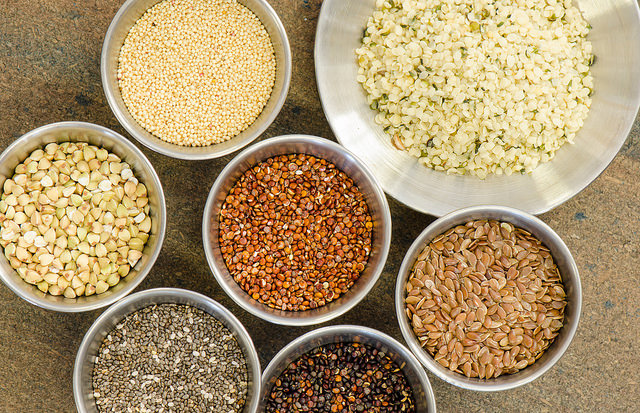
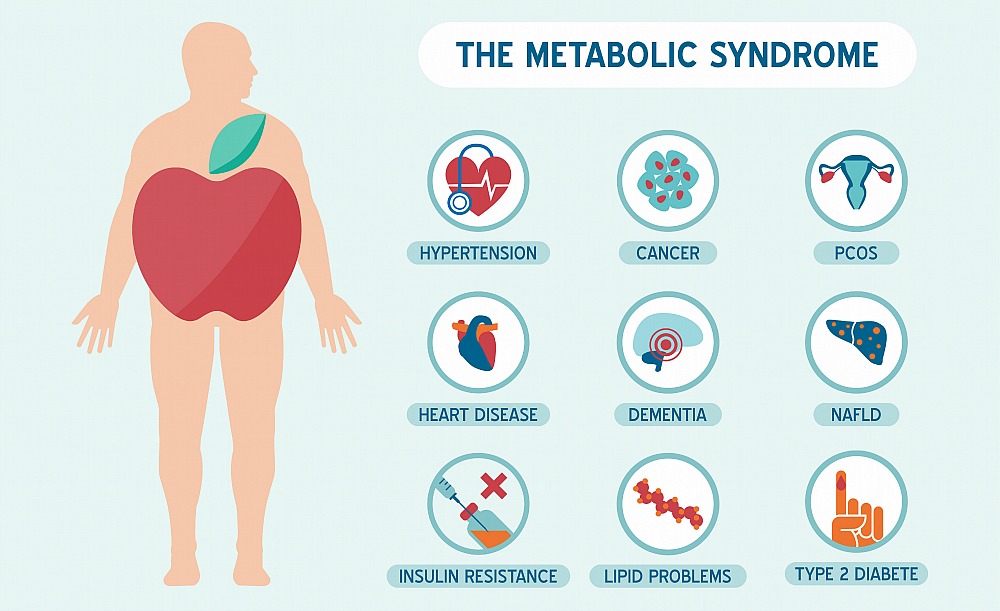


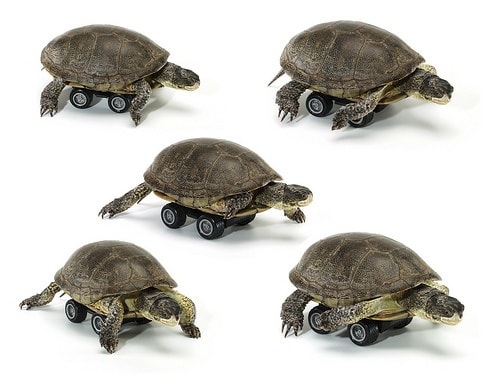
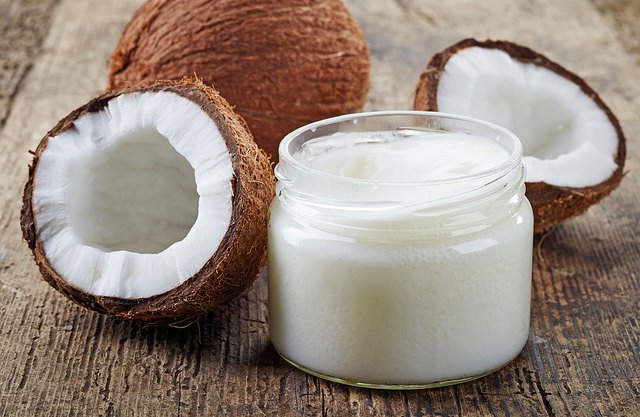

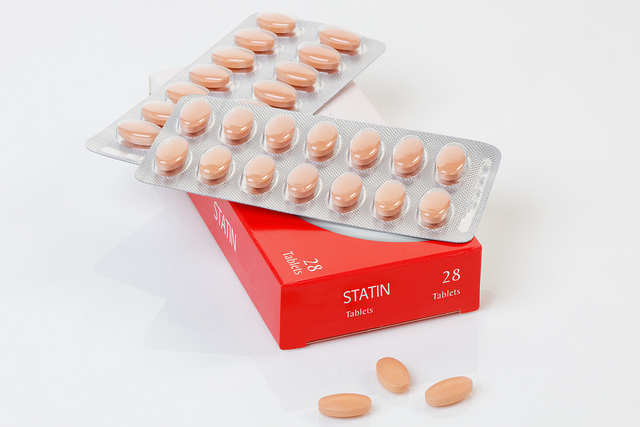
The oat recipes look yummy, Laura! Mom xo